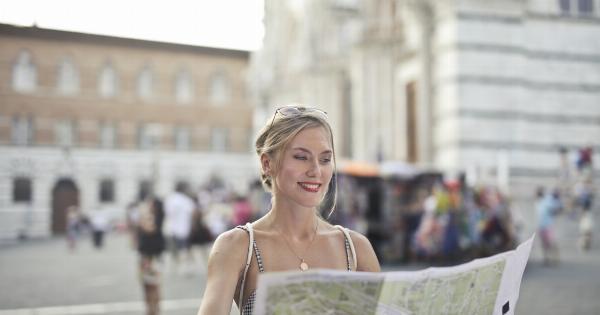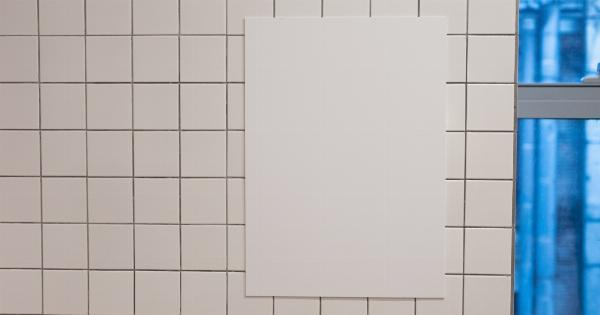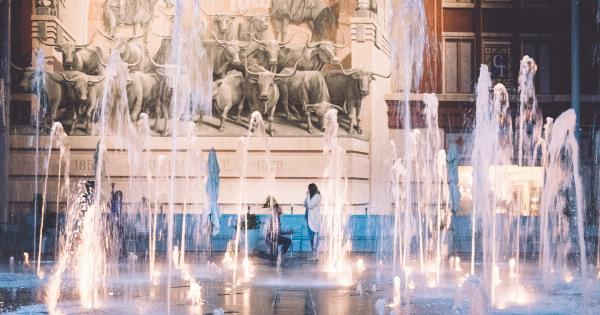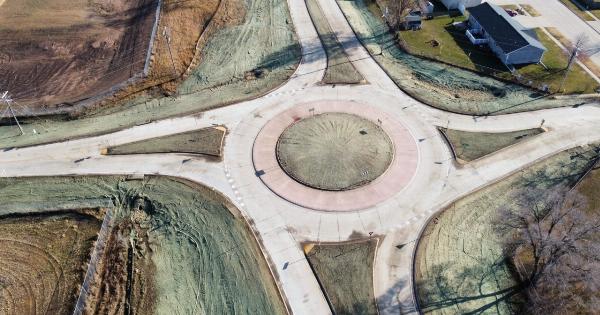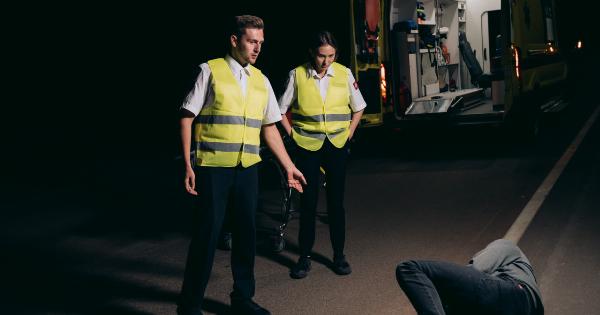Miami, known for its stunning beaches, vibrant nightlife, and iconic art deco architecture, is an ever-evolving city constantly seeking to stay ahead of the aesthetic curve.
In recent years, Miami has undergone a significant aesthetic upgrade, transforming its skyline, neighborhoods, and public spaces into modern, sleek, and visually appealing destinations. This article will delve into the various elements that contribute to the Miami aesthetic upgrade, including architecture, urban design, street art, and public spaces.
Architecture: A Blend of Modernism and Art Deco
Miami’s architectural landscape is a unique fusion of modernism and art deco influences.
The city’s iconic art deco buildings from the 1930s and 1940s still stand proudly in South Beach, showcasing pastel colors, geometric shapes, and ornate details. These buildings have become synonymous with Miami’s image and have been restored and preserved to maintain the city’s historical charm.
However, the aesthetic upgrade in Miami is not limited to preserving the past. The city has also embraced modernist architecture, with sleek high-rise buildings dominating the skyline.
Renowned architects from around the world have left their mark on Miami, creating innovative and visually striking structures. Buildings such as 1111 Lincoln Road, designed by Herzog & de Meuron, and the Pérez Art Museum Miami, designed by Herzog & de Meuron and Arquitectonica, exemplify this blend of modernism and art deco.
Urban Design: Creating Livable and Walkable Spaces
One of the key aspects of the Miami aesthetic upgrade is the focus on urban design that promotes livability and walkability.
The city has invested in transforming its streets and neighborhoods into pedestrian-friendly environments that encourage active lifestyles and social interactions.
The development of the Miami Design District is a prime example of urban design at its best. The district showcases upscale shopping, dining, and cultural experiences in a carefully curated outdoor setting.
Its open-air spaces, landscaped plazas, and wide sidewalks create an inviting atmosphere for visitors to explore and enjoy.
Similarly, the Brickell City Centre has transformed the once car-dominated area into a pedestrian-friendly destination.
The complex includes a mix of residential, retail, and office spaces, seamlessly integrated with walkways, green spaces, and bike paths. The result is a vibrant and dynamic neighborhood that encourages sustainable modes of transportation and social connectivity.
Street Art: A Canvas for Creativity
Miami’s aesthetic upgrade also includes a vibrant street art scene that adds color, creativity, and cultural significance to the city’s streets and public spaces.
Artists from around the world have flocked to Miami to leave their mark on its walls, creating an outdoor gallery that captivates and inspires.
Wynwood Walls, located in the Wynwood neighborhood, is one of the most recognized street art destinations in Miami. This open-air museum features larger-than-life murals created by internationally acclaimed artists.
It has transformed what was once a run-down area into a thriving art district, attracting visitors and art enthusiasts from all over the world.
In addition to Wynwood Walls, street art can be found throughout Miami, with various neighborhoods embracing this form of artistic expression.
From the colorful murals of Little Havana to the graffiti-covered walls of the Design District, street art has become an integral part of the city’s visual identity.
Public Spaces: Connecting People and Nature
The Miami aesthetic upgrade extends beyond buildings and walls, encompassing the enhancement of public spaces that bring people closer to nature and foster a sense of community.
The city has invested in transforming its parks, waterfronts, and plazas into inviting and inclusive settings where residents and visitors can relax, socialize, and connect with nature.
The transformation of Bayfront Park is a prime example of this effort. The park, overlooking Biscayne Bay, has undergone extensive renovations, including the addition of lush green spaces, pedestrian walkways, and enhanced waterfront access.
It now serves as a central gathering place for concerts, festivals, and recreational activities, providing a much-needed respite from the urban hustle and bustle.
Similarly, Maurice A. Ferre Park, formerly known as Museum Park, has been redesigned to create a seamless connection between the Pérez Art Museum Miami and the Phillip and Patricia Frost Museum of Science.
The park offers a variety of recreational opportunities, including an amphitheater, playgrounds, and walking paths, making it a popular destination for locals and tourists alike.
The Future of Miami’s Aesthetic Upgrade
The Miami aesthetic upgrade is an ongoing process, with the city continuously seeking new ways to evolve and enhance its visual appeal.
As the city grows and embraces new trends, there are several key areas that will shape the future of Miami’s aesthetic upgrade:.
1. Sustainability and Green Design
Miami recognizes the importance of sustainability in both architecture and urban design. The city aims to incorporate green spaces, renewable energy sources, and environmentally friendly materials into its future developments.
This focus on sustainability will not only enhance the aesthetic appeal of Miami but also contribute to a healthier and more resilient city.
2. Cultural Preservation
Miami’s cultural diversity is one of its greatest assets. As the city continues to evolve, it is essential to preserve and celebrate its diverse heritage.
The aesthetic upgrade should embrace cultural elements, ensuring that Miami remains a vibrant and inclusive city that honors its past while embracing the future.
3. Technological Innovation
Miami is a city at the forefront of technological innovation. As new technologies emerge, such as augmented reality and smart infrastructure, they will undoubtedly have a significant impact on the city’s aesthetic upgrade.
Integrating technology into aesthetics will create unique and immersive experiences for residents and visitors alike.
Conclusion
Miami’s aesthetic upgrade is a testament to the city’s commitment to innovation, creativity, and livability.
Through a blend of modernism and art deco, thoughtful urban design, vibrant street art, and enhanced public spaces, Miami has transformed itself into a visually stunning destination that continues to captivate and inspire. As the city looks to the future, sustainability, cultural preservation, and technological innovation will shape the next phase of Miami’s aesthetic evolution.



